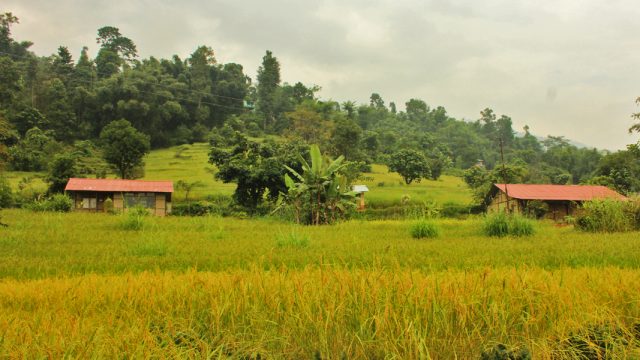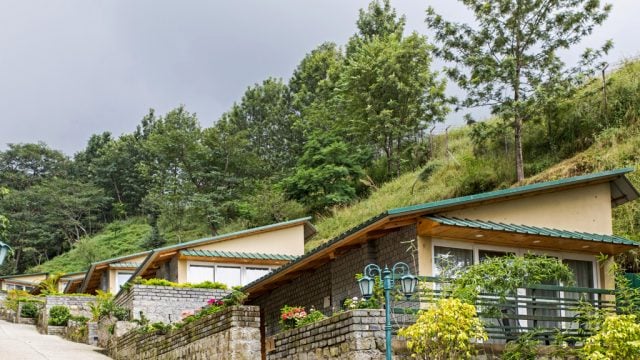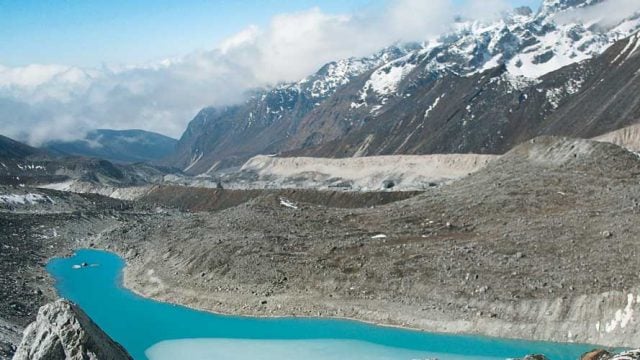The Himalayan range, due to its sheer vastness and mindboggling diversity, occupies the curious position of
The true gems in this book are the four treks in the Great Himalayan National Park in the Kullu district. One of the best preserved wildernesses in the country, and home to almost all of Western Himalayan biodiversity—from temperate forest river valleys to high snowy peaks, along with their distinctive plant and animal life—hardly anyone goes there. And this is primarily because there’s very little information regarding trekking in the parallel river valleys of Tirthan, Sainj and Jivalan, that makes up the park.
Shukla is an insider: he knows all the relevant authorities and travels in pucca burra sahib style. The good news is that this allows him all the time he needs to travel slow, write about the birds and trees and local lore and gods. This makes for fairly rich and informative narratives. This is especially great news for those who would like to visit the GHNP but don’t know the relevant trails and the permissions required to walk on them.
The book doesn’t give the reader any usable maps, as they are merely sketch maps with the main camping sites, rivers and passes marked on them. The thing to do, then, is to get hold of Google Earth and plot your own maps based on the sketches. However, the book’s lack of savvy (no smart cross-sectional altitude maps, no satellite grabs, amateur photography) actually adds to its charm. This is meant for those trekkers who are genuinely interested in the mountains, beyond merely the highest point on the trail.
trekking
Leave a Reply
You must be logged in to post a comment.




